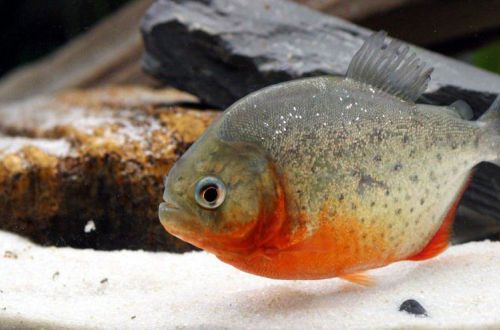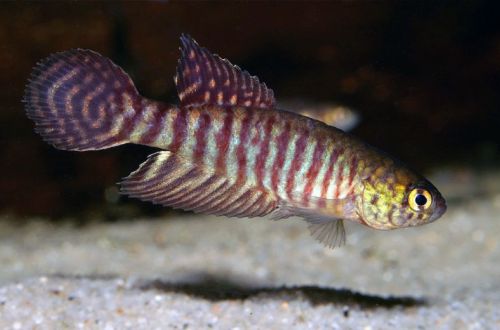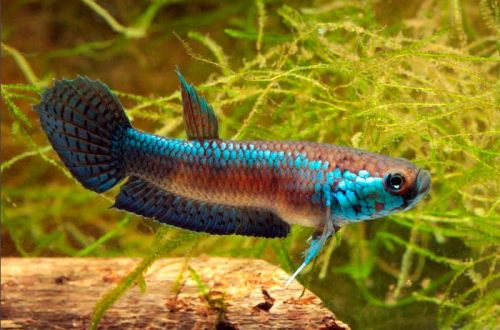
Barbus gracilis
Barbus gracilis, scientific name Barboides gracilis, belongs to the Cyprinidae family. The fish is distinguished by its modest size, which allows it to be kept in the so-called nano-aquaria. They are easy to keep if they are in the right conditions and receive the necessary nutrition. May be compatible with other similar species.

Contents
Habitat
It comes from the countries of West and Central Africa, where its natural habitat extends from Benin through Nigeria and Cameroon to Equatorial Guinea. Inhabits small streams and rivers flowing under the canopy of the tropical forest. The water is clear, clean, but has a brown color due to the abundance of tannins resulting from the decomposition of fallen leaves, branches, etc., with which the bottom of natural reservoirs is littered in abundance.
Brief information:
- The volume of the aquarium – from 20 liters.
- Temperature – 21-26°C
- Value pH — 6.0–7.0
- Water hardness – 0–6 dGH
- Substrate type – any
- Lighting – subdued
- Brackish water – no
- Water movement is weak
- The size of the fish is about 2 cm.
- Feeding – any food of suitable size
- Temperament – peaceful
- Content in a group of 20 individuals
Description
Adults barely reach 2 cm. The body is translucent with pink tints in the front and on the head. A distinctive feature is the presence of a dark spot at the base of the tail. Sexual dimorphism is weakly expressed, it is problematic to distinguish male and female externally.
Food
In some cases, fish can be demanding on the diet. Gracilis barbs will only accept food that they were accustomed to before selling. Therefore, sellers should clarify what diet the selected fish are on. It may be difficult to obtain the necessary feed in your area.
Maintenance and care, arrangement of the aquarium
Due to the modest size of adult fish, optimal aquarium sizes for long-term keeping can start from 20 liters or more. The design uses dense thickets of plants, dark soil and a few snags or other artificial shelters. The lighting is subdued. The addition of dry leaves will give the water a brown “tea” tone that is characteristic of the natural habitat of this Barb species. Read more in the article “Which tree leaves can be used in an aquarium.”
The following maintenance requirements are important, yet easy to fulfill: ensuring high water quality with suitable hydrochemical values and low levels of organic waste. This is achieved by regular cleaning of the aquarium and weekly replacement of part of the water with fresh water. Many tasks are solved by installing a productive filtration system. Since Barbus gracilis does not respond well to strong currents, when choosing a filter, it is necessary to choose the model that does not cause excessive water movement.
Behavior and Compatibility
Peaceful schooling fish. Due to its small size, it has a very limited range of possible aquarium neighbors from among species of similar size and temperament. It is necessary to maintain a group size of at least 20-30 individuals, which will allow the fish to feel safe and show themselves in all their glory. Males in the presence of competitors will strive to demonstrate their best coloration and are in constant tone.
Breeding / breeding
There are no cases of successful breeding of this species of Barbs in amateur aquariums. It’s all because of their miniature size. Under favorable conditions, spawning is possible, but nursing the already tiny fry is extremely difficult. Due to the lack of parental instincts, they become victims of adult fish, and those who manage to avoid this fate will have difficulty finding suitable food, the size of which must be microscopic.
Fish diseases
In a balanced aquarium ecosystem with species-specific conditions, diseases rarely occur. Often, diseases are caused by environmental degradation, contact with sick fish, and injuries. If this could not be avoided and the fish shows clear signs of illness, then medical treatment will be required. Read more about symptoms and treatments in the Aquarium Fish Diseases section.





